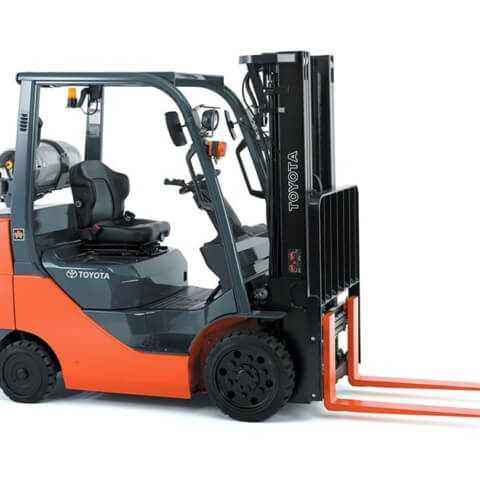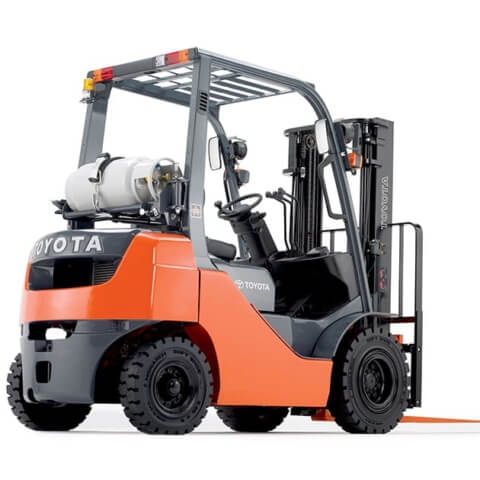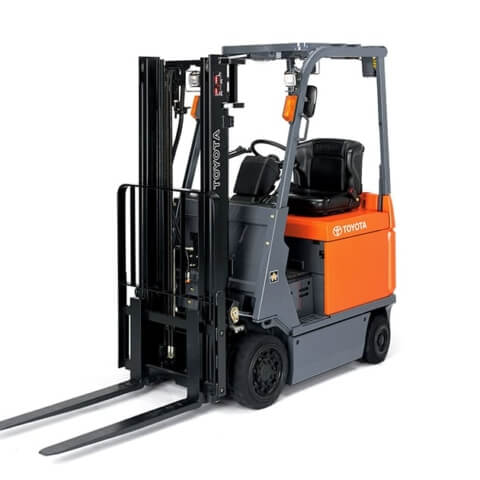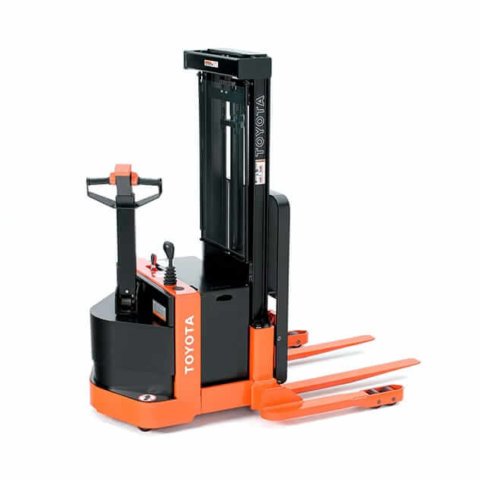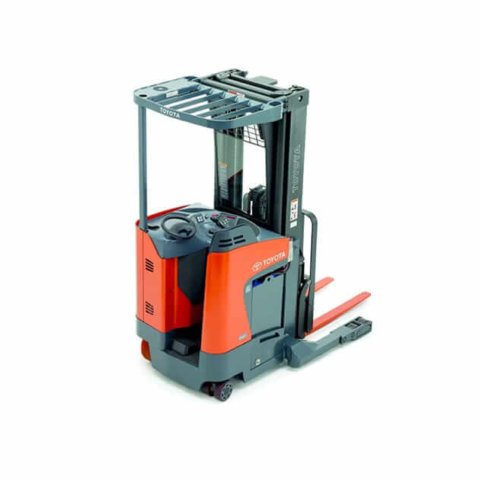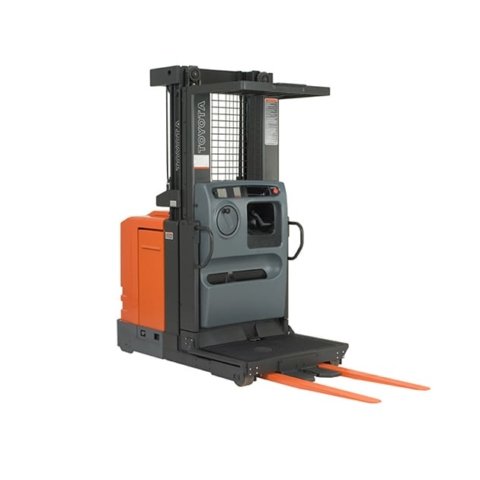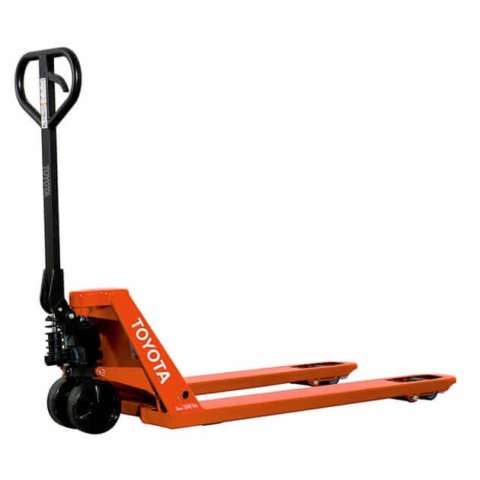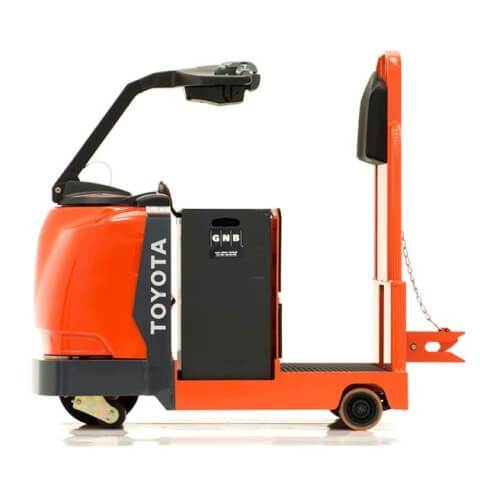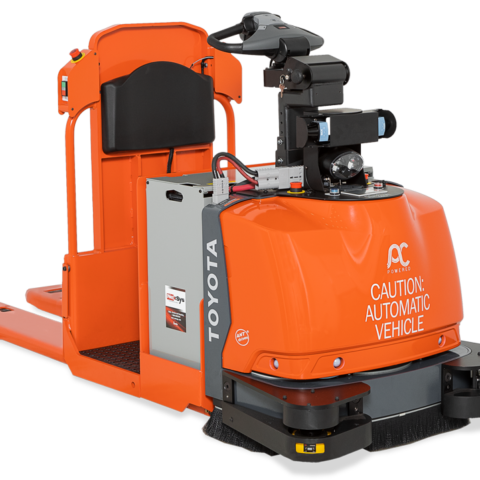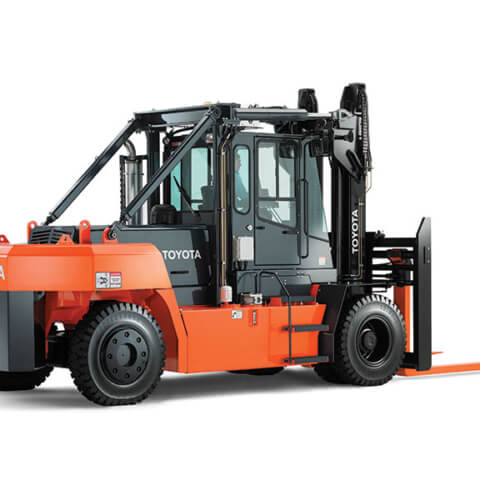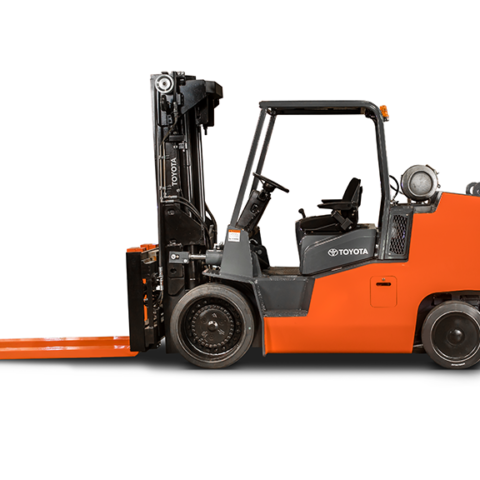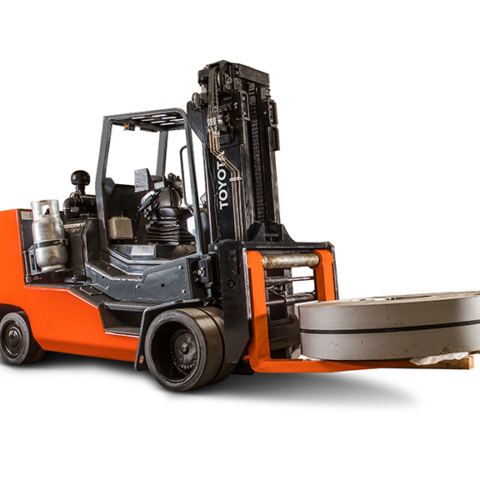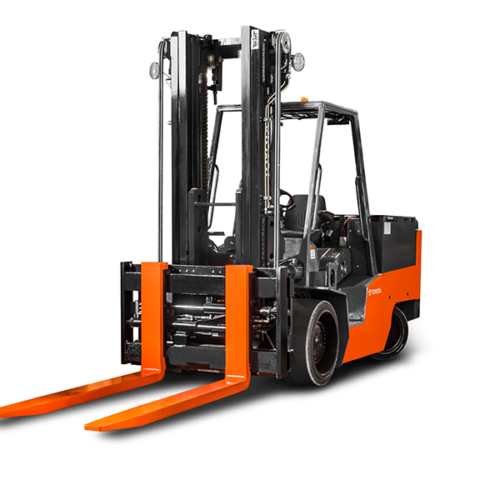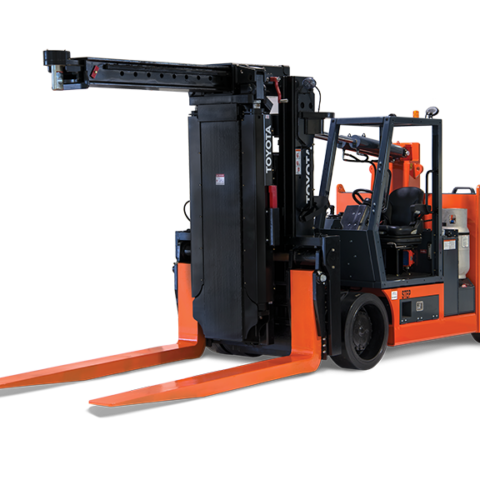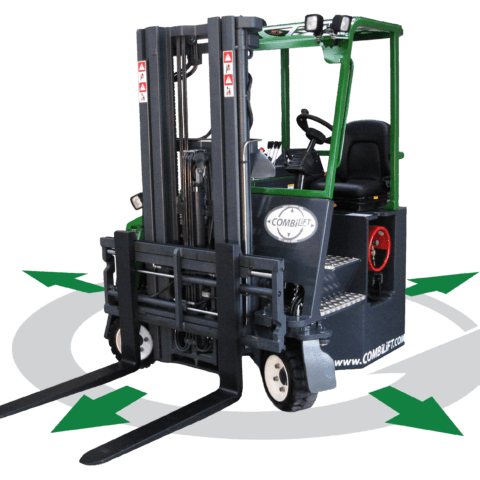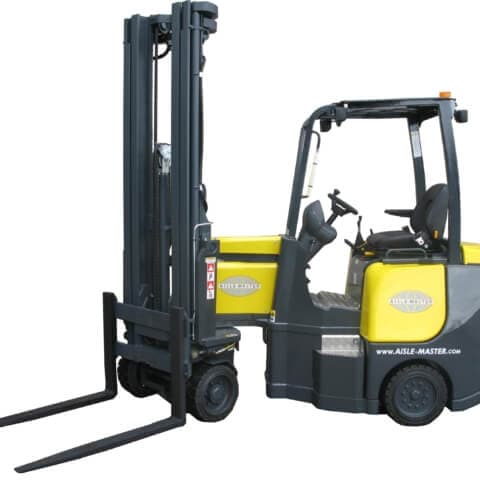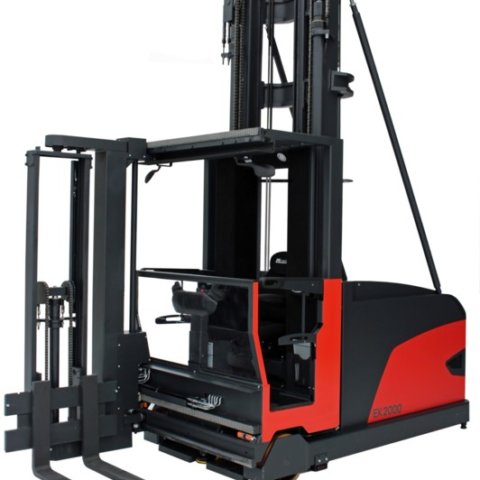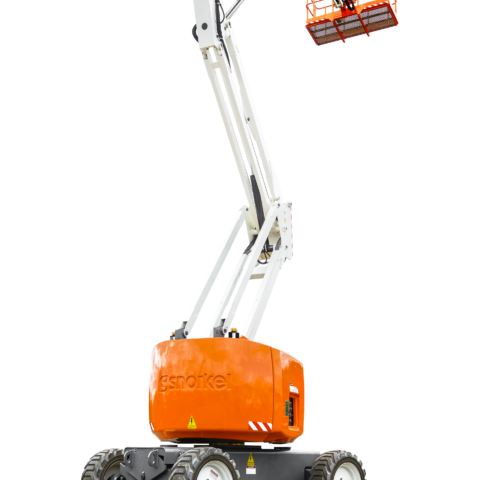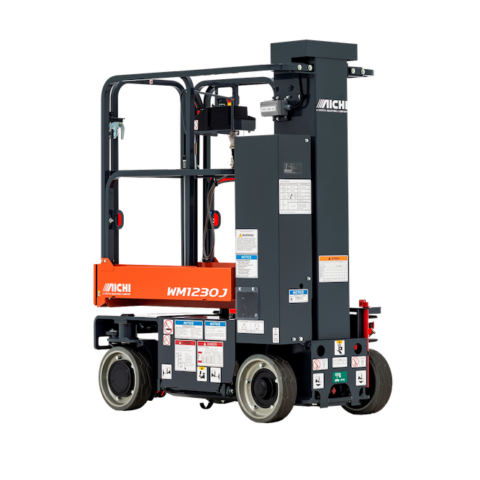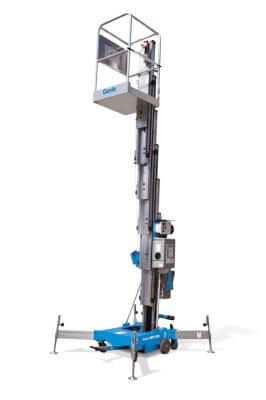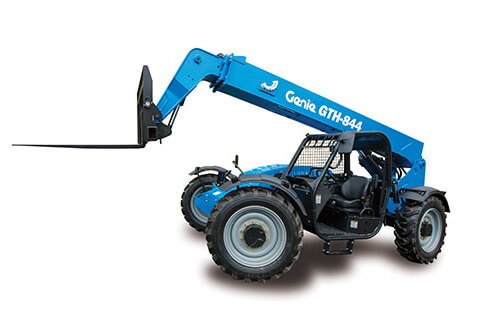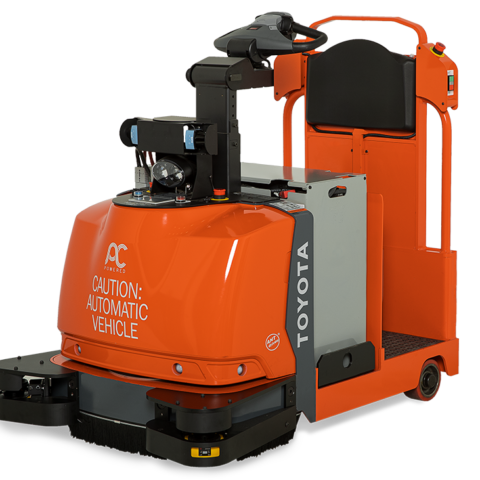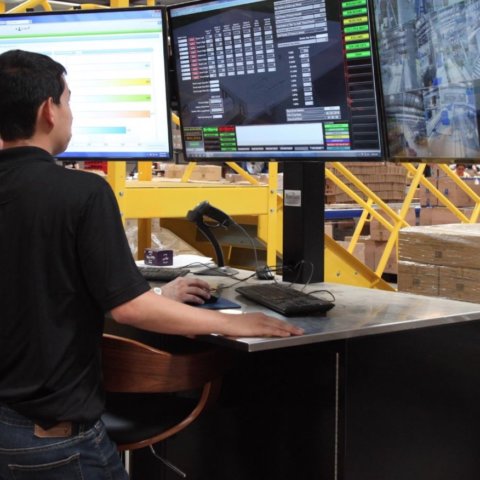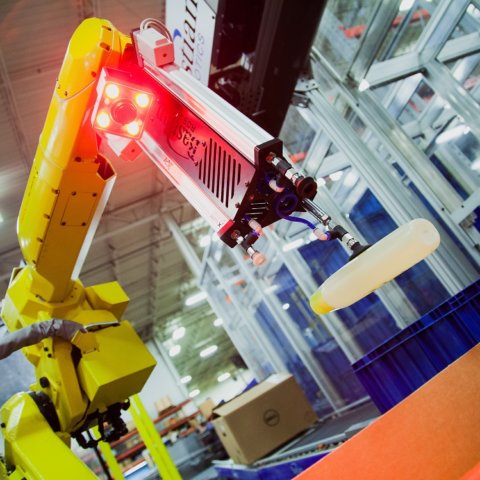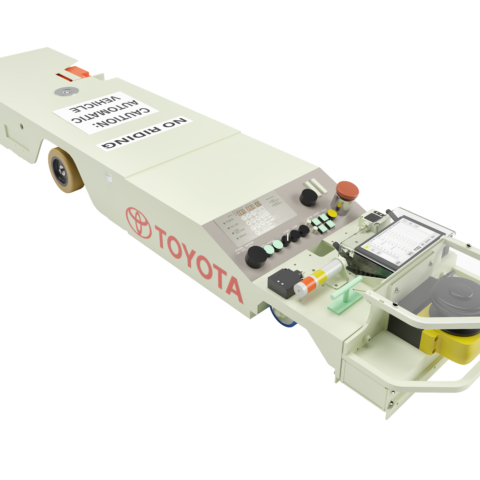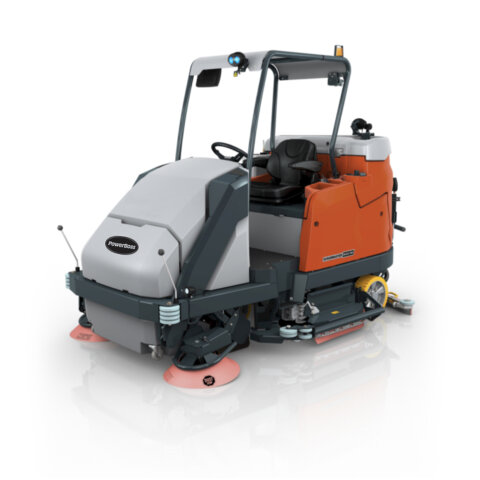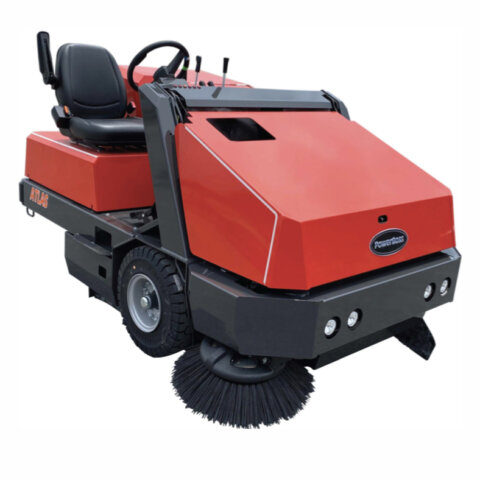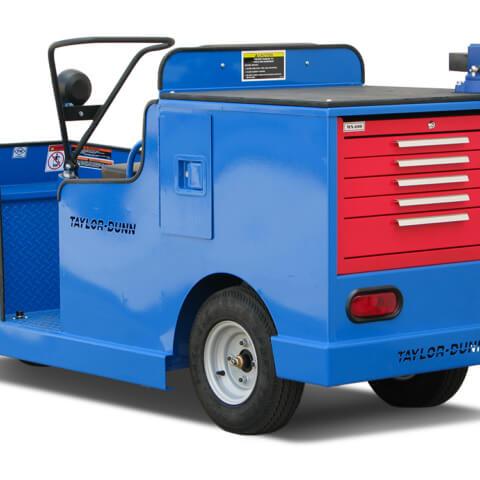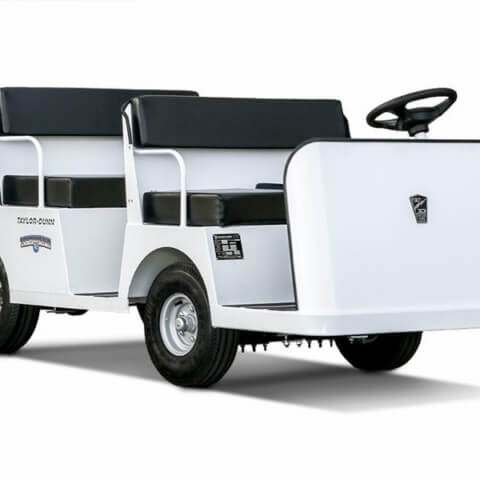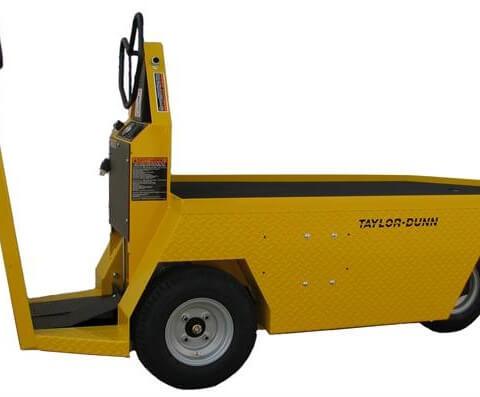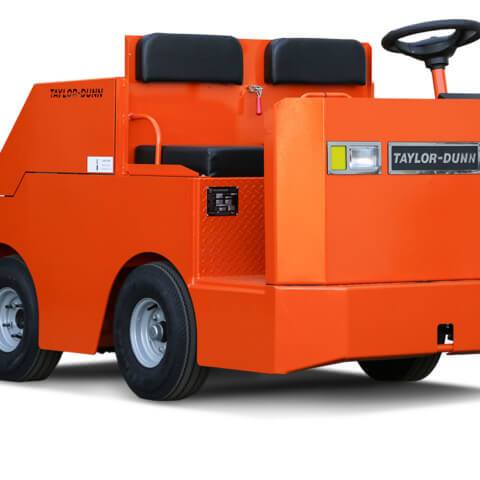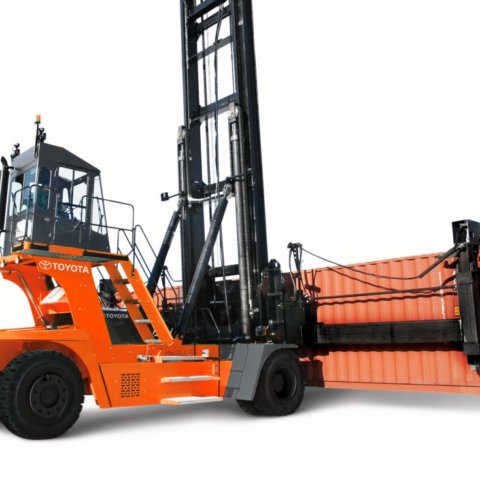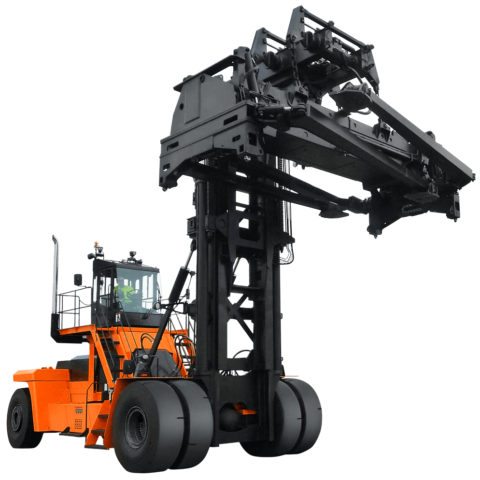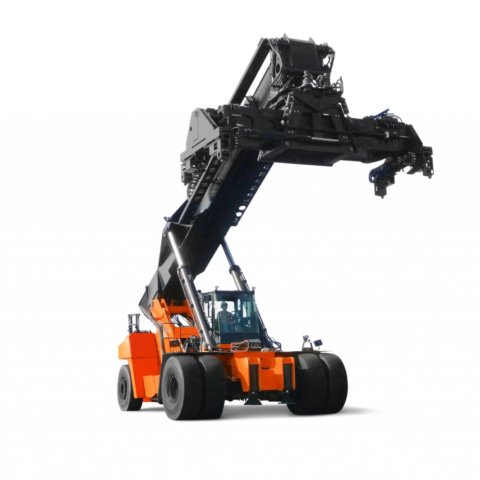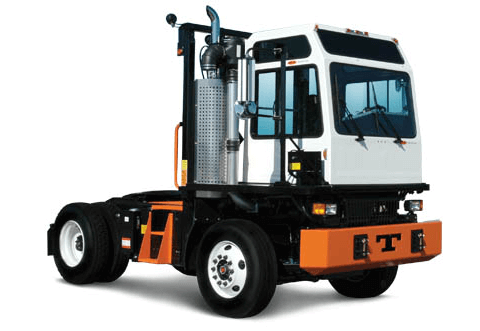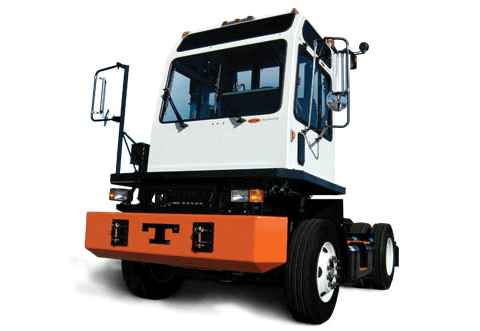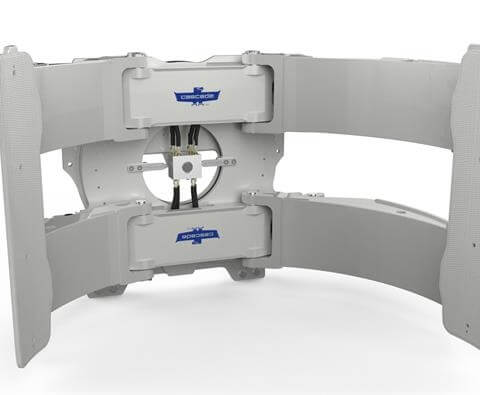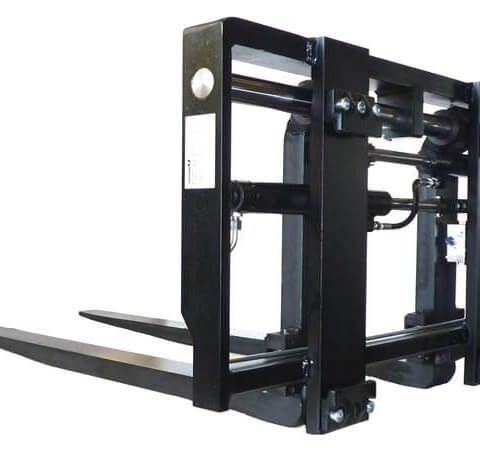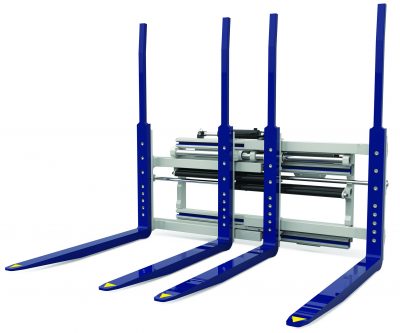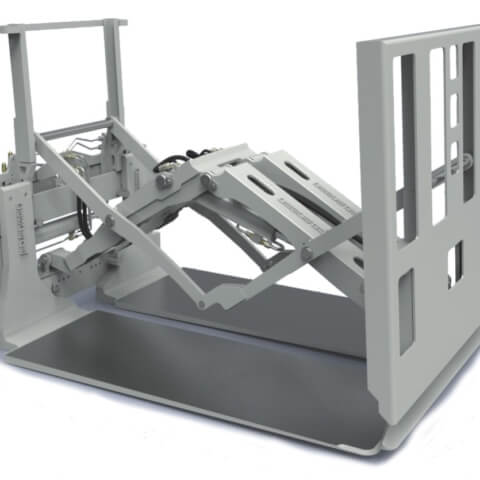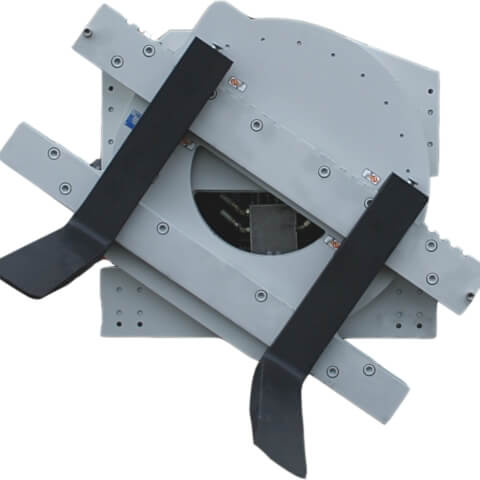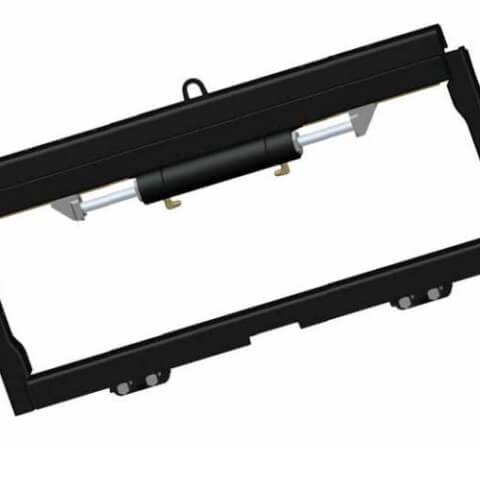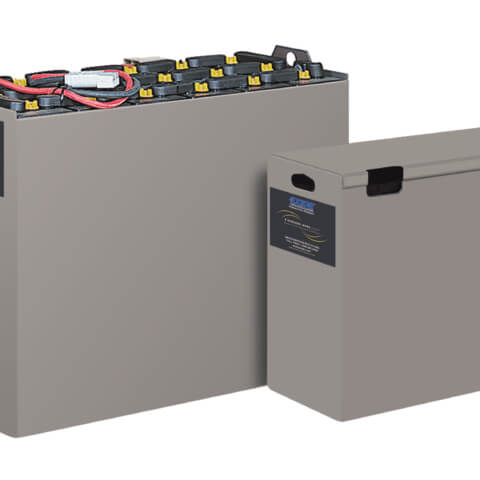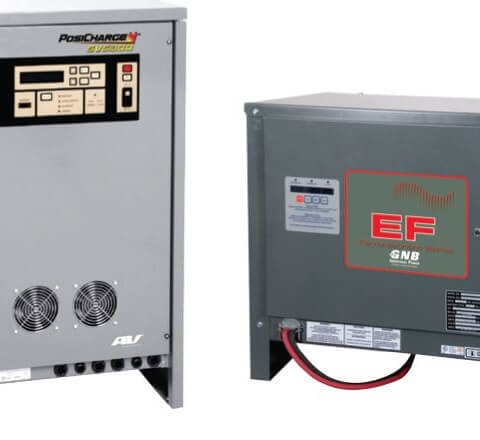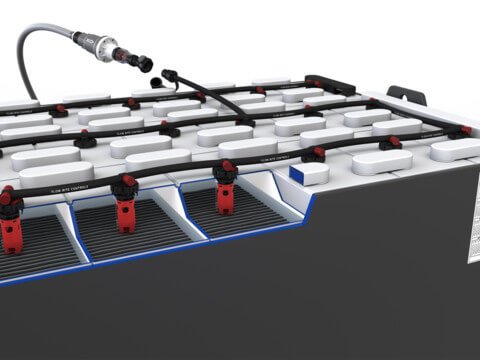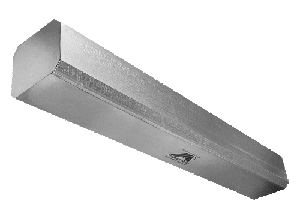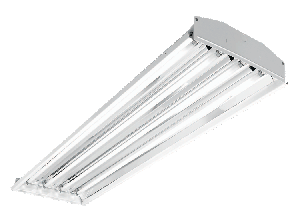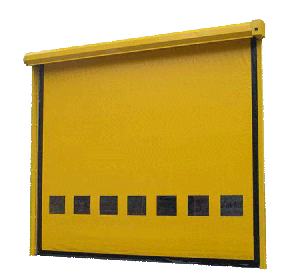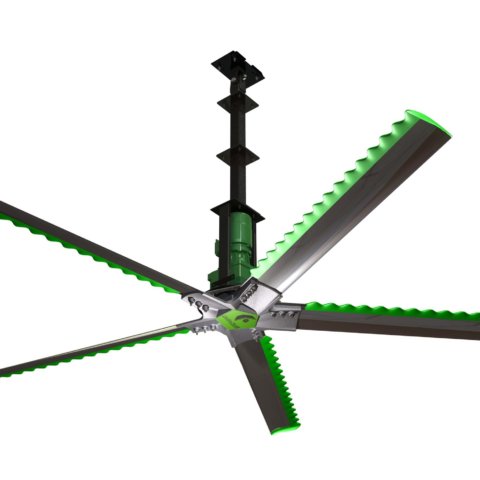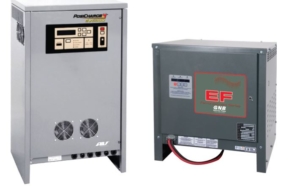
Ensure you have the best combination – electric forklift, battery and charger. REQUEST QUOTE
As electric forklifts become more popular, selecting the best electric forklift battery charger is increasingly critical for maintaining a healthy operation. It’s equally important the forklift battery has enough charge at the start of each work shift, and throughout, to meet the demands of your company’s production schedule.
Selecting a Forklift Battery Charger
Sourcing
Source the forklift battery from the same supplier as the charger. During a battery malfunction, the source of the problem is not always clear. Whether the battery or charger is the problem, sourcing both items from the same supplier ensures their technical support.
Cost
Determine the total cost of the charger. Most forklift battery chargers are sold without the cables that connect the charger to an electrical supply. The cost of these cables and the cost to have an electrician connect the charger should be considered.
Electrical Supply
Check your electrical supply. It should have capacity to handle the normal operating amperage draw as well as the start-up amperage draw. When a forklift battery charger powers an electric forklift motor which initially starts during the charge cycle, it draws a large amount of current. If the electrical service is inadequate, other electrical products in your facility can be affected.
Output Cables
Give attention to the output cables. The output cables that connect the charger to the forklift are usually supplied with the forklift battery charger. However, they may not be long enough to suit the location of the charger in relation to the location of the forklift during battery charging. It is important to house the charger and its output cables off the ground to prevent damage by the forklift.
Forklift Charger Adjustments
Match the charger to the forklift battery to prevent irreversible damage to the battery. When replacing a forklift battery for your current forklift, confirm the battery technician adjusts the charger to match the characteristics of the replacement battery. Skipping this step will likely shorten the life of the battery and/or limit the charge that can be extracted due to chronic under- or overcharging.
Output Voltage
Match the output voltage of the charger to the voltage of the battery and the forklift’s electrical system. This will avoid battery damage.
Compatibility
Confirm the charger is compatible. It should match the connector on the battery and its forklift.
Auto Start / Stop
Purchase an auto start/auto stop charger. It is designed to stop the charging process when the battery is fully charged.
Battery Temperature
Look for a charger that monitors battery temperature and adjusts the charge rate when the temperature falls outside of the normal operating range. High battery temperatures will have a direct impact on the life of a forklift battery.
Equalization
Choose a forklift battery charger with the ability to equalize the battery. Equalization is needed to keep a battery from accumulating excessive lead sulfate on the plates, which is known to result in a reduction of battery capacity and overall life.
Have more questions about batteries and chargers? Contact ProLift to speak to an equipment specialist or learn about our capabilities for batteries, chargers, accessories and maintenance.
Contact Equipment Specialist
